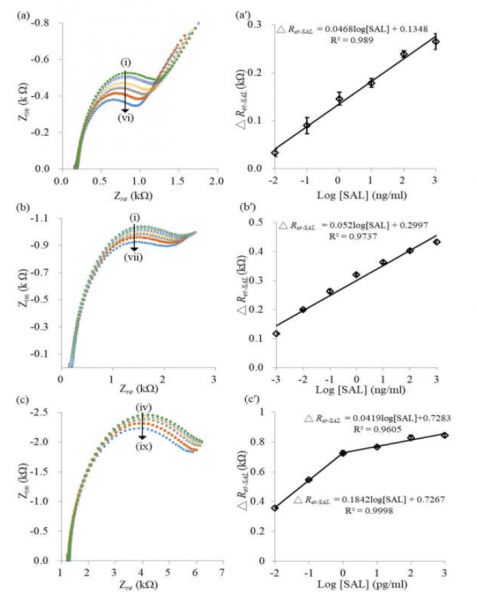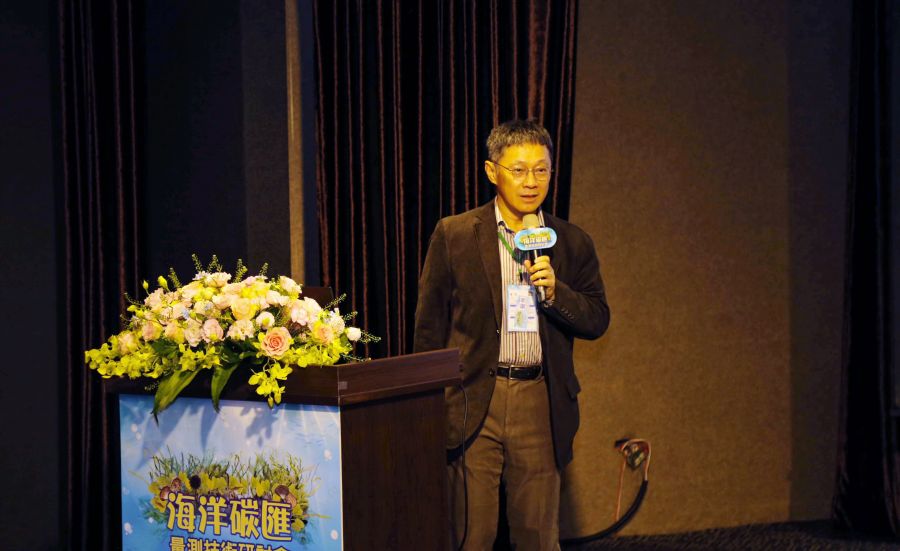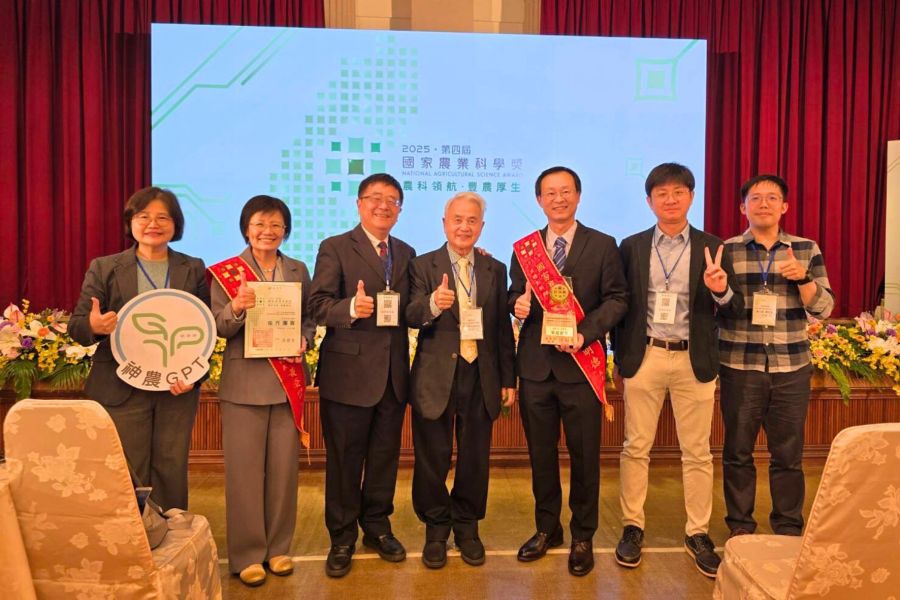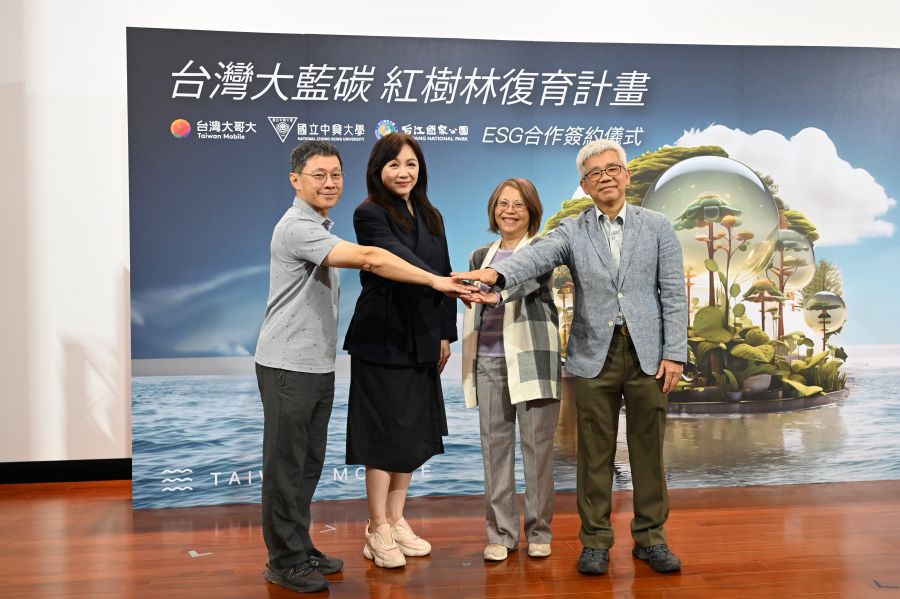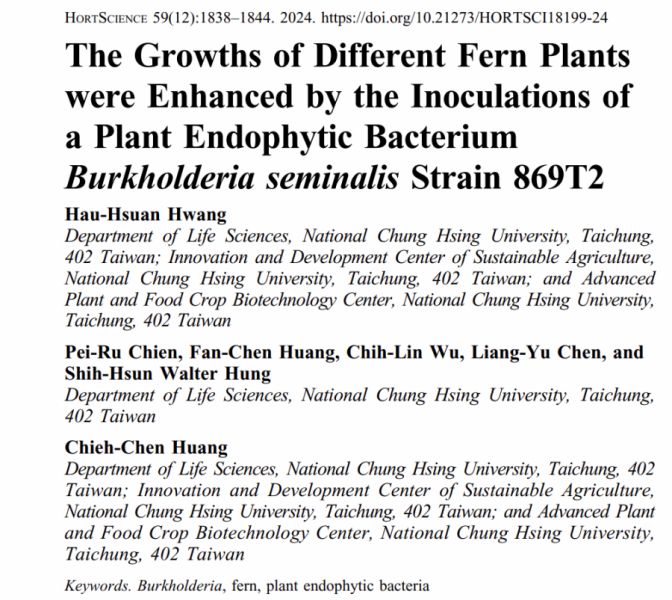設施農業:智慧感測【生物產業機電工程學系/吳靖宙特聘教授】
| 論文篇名 | 英文:Label-Free Impedimetric Immunosensors Modulated by Protein A/Bovine Serum Albumin Layer for Ultrasensitive Detection of Salbutamol 中文:修飾調節蛋白A/牛血清蛋白層的免標定式阻抗免疫感測器以用於沙丁胺醇的超靈敏檢測 |
| 期刊名稱 | SENSORS |
| 發表年份,卷數,起迄頁數 | 2020, 20 (3), 771 |
| 作者 | Lin, Chia-Hung; Lin, Ming-Jie; Huang, Jie-De; Chuang, Yu-Sheng; Kuo, Yu-Fen; Chen, Jung-Chih*; Wu, Ching-Chou(吳靖宙)* |
| DOI | 10.3390/s20030771 |
| 中文摘要 | 免疫感測器的特性不僅取決於固定抗體的數量,還取決於固定抗體的有效抗原結合位點的數量。蛋白A (PA) 展現了對IgG抗體的Fc部分的高度親和性,可確實地產生方向性的抗體固定。此篇研究提出了一種簡單的方法,以控制網版印刷碳電極(SPCE)上金奈米結構(AuNS)所修飾的PA與牛血清蛋白(BSA)表面密度,並通過電化學阻抗頻譜法研究PA密度對抗沙丁胺醇(SAL) 抗體吸附密度的影響。濃度100 mg/mL PA 和 100 mg/mL BSA可以在3-巰基丙酸(MPA)/AuNS/SPCE上獲得飽和覆蓋率,並顯示50% 的PA對於抗SAL抗體的吸附量高於其他不同濃度PA / BSA修飾的電極。與隨機固定的anti-SAL/MPA / AuNS / SPCE和anti-SAL/PA(100 mg/ mL):BSA(0 mg/ mL)/MPA/AuNS/SPCE相比,anti-SAL/PA(100 mg/ mL):BSA(100 mg/ mL)/MPA/AuNS/SPCE免疫感測器對SAL具有更好的感測特性,具有超低的檢測極限僅為0.2 fg / mL,且其再現性高(相對標準差<2.5%)。使用PA(100 mg/ mL):BSA(100 mg/ mL)混合物作抗體修飾層,對建構可方向性IgG抗體固定的超靈敏免疫感測器具有很大的潛力。 |
| 英文摘要 | The sensing properties of immunosensors are determined not only by the amount of immobilized antibodies but also by the number of effective antigen-binding sites of the immobilized antibody. Protein A (PA) exhibits a high degree of affinity with the Fc part of IgG antibody to feasibly produce oriented antibody immobilization. This work proposes a simple method to control the PA surface density on gold nanostructure (AuNS)-deposited screen-printed carbon electrodes (SPCEs) by mixing concentration-varied PA and bovine serum albumin (BSA), and to explore the effect of PA density on the affinity attachment of anti-salbutamol (SAL) antibodies by electrochemical impedance spectroscopy. A concentration of 100 mg/mL PA and 100 mg/mL BSA can obtain a saturated coverage on the 3- mercaptoproponic acid (MPA)/AuNS/SPCEs and exhibit a 50% PA density to adsorb the amount of anti-SAL, more than other on centration-varied PA/BSAmodified electrodes. Compared with the randomly immobilized anti-SAL/MPA/ AuNS/SPCEs and the anti-SAL/PA(100 mg/mL):BSA(0 mg/mL)/MPA/AuNS/SPCE, the anti-SAL/PA(100 mg/mL): BSA(100 mg/mL)/MPA/AuNS/SPCE-based immunosensors have better sensing properties for SAL detection, with an extremely low detection limit of 0.2 fg/mL and high reproducibility (<2.5% relative standard deviation). The mixture of PA(100 mg/mL):BSA(100 mg/mL) for the modification of AuNS/SPCEs has great promise for forming an optimal protein layer for the oriented adsorption of IgG antibodies to construct ultrasensitive SAL immunosensors. |
圖 (a) anti-SAL/MPA/AuNS/SPCE-, 圖(b) anti-SAL/PA(100):BSA(0)/MPA/AuNS/SPCE- 和 圖(c)anti-SAL/PA(100):BSA(100)/MPA/AuNS/SPCE-immunosensors與不同濃度的SAL樣本免疫作用後之阻抗Nyquist圖。曲線 (i)−(ix) 分別代表1 mg/mL, 100 ng/mL, 10 ng/mL, 1 ng/mL, 100 pg/mL, 10 pg/mL, 1 pg/mL, 100 fg/mL 和 10 fg/mL 的SAL。圖(a´)-(c´)分別為圖(a)-(c)的檢量線 (n=3)。

